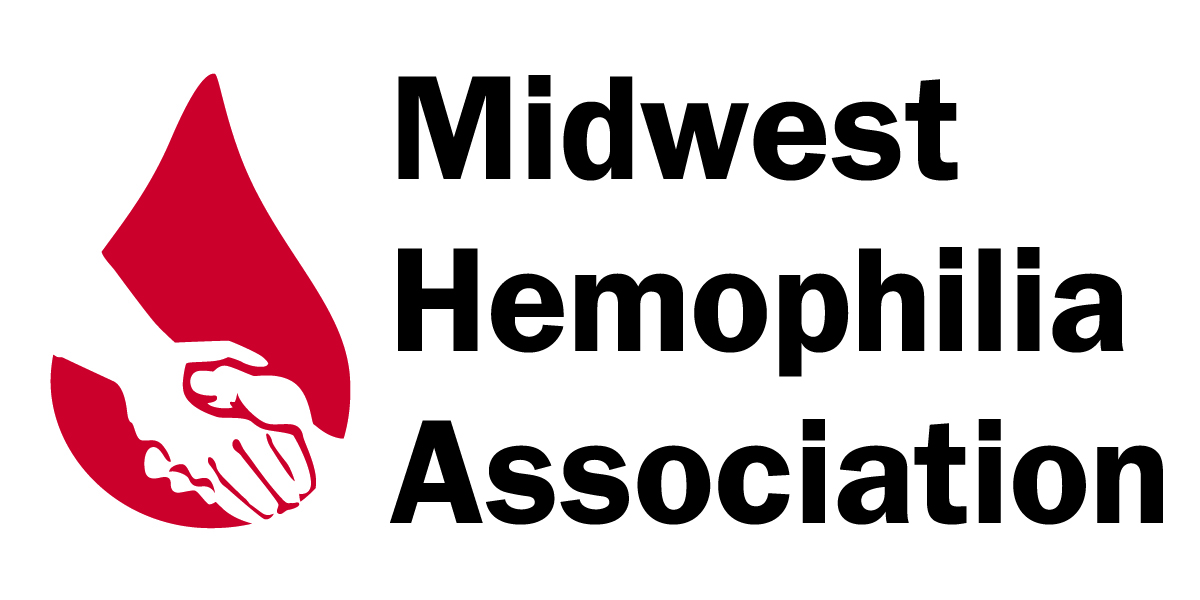1803 – Dr. John Conrad Otto recognized a bleeding condition was hereditary and affected males. He traced it back to a woman who settled near Plymouth, New Hampshire in 1720.
1828 – The word “Hemophilia” is first used to describe a bleeding disorder condition at the University of Zurich.
1837 – Queen Victoria of England was a carrier of the hemophilia gene, which was passed to several royal families. See graphic below.
1925 – von Willebrand disease was first recognized by Finnish physician Erik von Willebrand.
1937 – Doctors learned clotting problems could be corrected by adding platelet-free plasma, which was called “anti-hemophilic globulin.”
1944 – Recognition of hemophilia A and hemophilia B as two distinct diseases by Dr. Pavlosky came after he identified two patients each deficient in different proteins.
1950s – 1960s – Whole blood or fresh plasma were used to treat hemophilia and other bleeding problems. These treatments lacked enough factor VIII or IX proteins to stop serious bleeds.
1965 – Dr. Judith Graham Pool found that cryoprecipitate contained a significant amount of factor that could be used to control severe bleeding. The need for high-volume whole plasma transfusions for people with hemophilia was eliminated.
1970 – Freeze-dried powdered concentrates containing factor VIII and IX became available by the 1970s
1980s – HIV/AIDS could be transmitted through the use of blood and blood products. About half of the U.S. population with hemophilia became HIV-infected and thousands would die.
1992 – The first recombinant factor VIII product was approved by the FDA.
1997 – The first factor IX product was granted FDA Approval.
1990s – Prophylactic (a preventative treatment plan) in children with hemophilia became more common in the mid 1990s.
